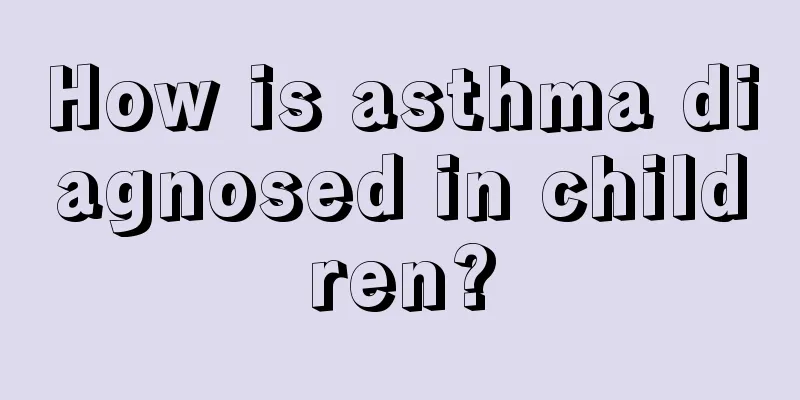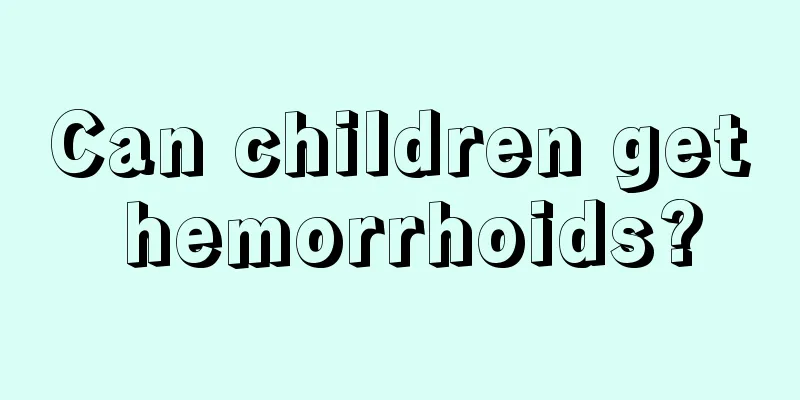What is the reason for increased texture on both lungs in children's chest X-rays?

|
Autumn and winter are the peak seasons for children to catch colds and fevers. If the fever cannot be reduced in time, it is very likely to turn into pneumonia. In this case, children will have symptoms such as coughing and runny nose. If a chest X-ray is taken, it will be found that the texture of the lungs has increased significantly. Experts say that this is a sign of bronchitis or lung infection. As long as it is treated in time, it will return to normal after a period of time. 1. What is the reason for the increase in lung texture on the pediatric chest X-ray? A chest X-ray shows increased texture in both lungs, which is common in bronchitis or lung infection, and is often accompanied by clinical manifestations such as nasal congestion, clear runny nose, sore throat and hoarseness. The systemic symptoms are relatively mild, but may include low fever, chills, general fatigue, itchy throat, irritating cough and pain behind the sternum. In the early stage, the amount of sputum is not much, but it is not easy to cough up. After 2 to 3 days, the sputum may change from mucous to mucopurulent. Coughing may be aggravated or induced by the patient catching a cold or inhaling cold air or irritating gases. Patients often have a more severe cough in the morning or at night. The cough may also be paroxysmal or sometimes persistent. Severe coughing is often accompanied by nausea, vomiting, and chest and abdominal muscle pain. If accompanied by bronchospasm, there may be wheezing and shortness of breath. Generally speaking, the course of acute bronchitis is self-limited to a certain extent, and systemic symptoms can subside within 4 to 5 days, but the cough can sometimes last for several weeks. 2. What should I do if there is an increase in the texture of both lungs on a pediatric chest X-ray? It is recommended to select antimicrobial drugs based on the main pathogens and severity of the infection or based on the drug sensitivity results of the pathogens. If the patient has purulent sputum, it is an indication for the use of antibacterial drugs. Mild cases can be taken orally, while more serious cases can use intramuscular injection or intravenous drip of antibiotics. Commonly used antibiotics include penicillin G, erythromycin, aminoglycosides, quinolones, cephalosporins, etc. For patients in the acute attack stage, expectorants and antitussive drugs should be used at the same time as anti-infection treatment to improve symptoms. Commonly used drugs include ammonium chloride mixture, bromhexine, ambroxol, carboxymethylcysteine and strong diluent. |
<<: The fastest way to cool down a child
>>: What is the cause of red bloodshot eyes in newborns?
Recommend
How to use diet therapy for children's colds
Children can easily catch a cold if they are not ...
Quick pain relief for children's toothache
We all know that although toothache is not that s...
Four-month-old baby with recurrent eczema
This is a skin disease that not only affects chil...
What should I do if my baby keeps coughing?
The health of babies is of great concern to their...
What to do if a child has short genitals
Many parents will find that their children’s geni...
Five month old baby farts but not poops
Parents generally care a lot about their babies a...
What can I feed my kids to make them grow taller?
Nowadays, the growth environment and living condi...
Green diarrhea for half a year old baby
When a baby has green stools, it is usually due t...
What should I do if my seven-month-old child has a high fever?
Babies who have just been born are the most diffi...
Why do children have abdominal effusion after surgery?
We all know that some serious diseases require su...
What should I do if my three and a half month old baby has diarrhea?
Infant and young child diarrhea, also known as di...
What should I do if my three-year-old child has rhinitis?
Rhinitis is a disease with a very high incidence ...
Can children eat pumpkin?
Pumpkin is a very common food in our lives, and t...
What are the preventive measures for mumps in children?
Mumps is an acute respiratory infectious disease ...
What to do if your baby has indigestion after drinking milk powder
Many new mothers will directly prepare milk powde...









